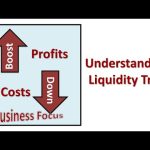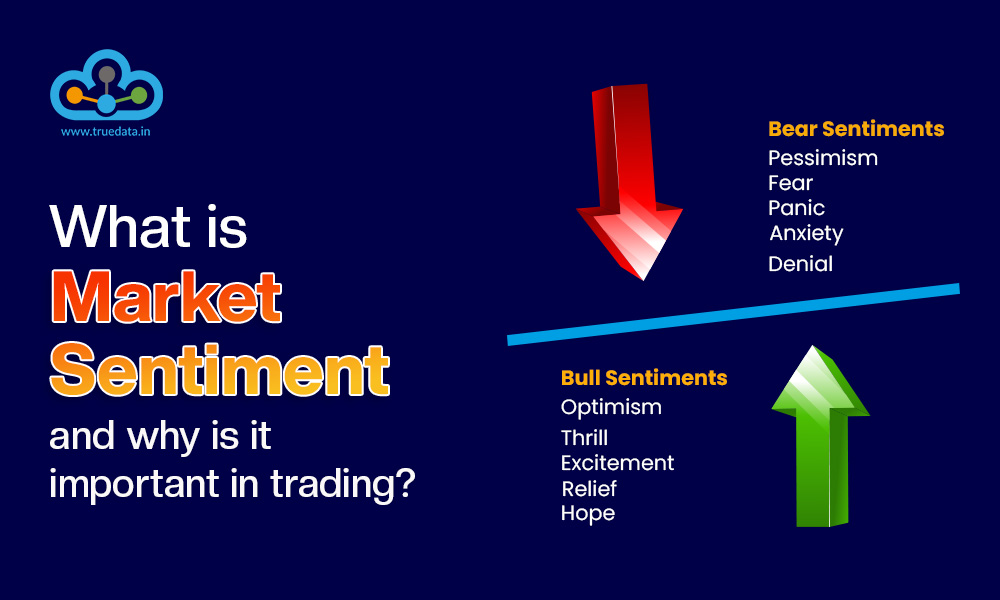
By ATGL
Updated February 28, 2025
Interest rate risk represents the potential for investment losses resulting from fluctuations in interest rates. This financial vulnerability affects various market participants, from individual investors to large financial institutions. Understanding the mechanisms of interest rate risk and implementing appropriate management strategies proves critical for maintaining portfolio stability and achieving investment objectives in varying economic conditions.
What Is Interest Rate Risk? Who Is Affected By It?
Interest rate risk refers to the possibility of experiencing financial losses due to changes in prevailing interest rates. When interest rates shift, the values of interest-sensitive investments fluctuate accordingly. This risk primarily affects fixed-income investments such as bonds, where price movements inversely correlate with interest rate changes.
Multiple economic participants face exposure to interest rate risk:
- Bondholders experience a direct impact as bond prices decline when interest rates rise, potentially forcing them to sell at a loss or hold lower-yielding investments.
- Banks confront significant challenges as interest rate fluctuations affect their net interest margin — the difference between interest earned on assets and interest paid on liabilities. Excessive interest rate risk can threaten a bank’s earnings, capital position, liquidity reserves, and, ultimately, its solvency.
- Mortgage holders with variable-rate loans face higher monthly payments when interest rates increase, potentially straining their financial resources.
- Corporations that issue debt or maintain large cash reserves must navigate changing interest rate environments, which influence borrowing costs and investment returns.
Interest rate risk constitutes a form of systematic risk that affects broad market segments, unlike unsystematic risk, which remains specific to individual securities or sectors.
Types of Interest Rate Risk
Understanding the various forms of interest rate risk helps investors develop appropriate mitigation strategies.
Reinvestment Risk
This risk emerges when proceeds from investments must be reinvested at lower rates than the original investment generated. For example, when a bond matures during a period of declining interest rates, the bondholder faces difficulty finding comparable yield opportunities. This particularly affects investors who rely on interest income, such as retirees with bond-heavy portfolios.
Price Sensitivity
Also known as duration risk, price sensitivity measures how much a bond’s price changes in response to interest rate movements. Bonds with longer maturities typically demonstrate greater price sensitivity to interest rate fluctuations. The mathematical relationship between price and yield creates this vulnerability, as future cash flows must be discounted at the new prevailing rate.
Basis Risk
This occurs when imperfectly correlated interest rates affect assets and liabilities differently. Financial institutions often face basis risk when assets and liabilities reprice according to different interest rate benchmarks. For instance, a bank might hold loans tied to the prime rate while funding these assets with deposits linked to Treasury rates.
Impact of Interest Rate Risk
The consequences of interest rate risk extend throughout the financial system and broader economy.
On Investment Portfolios
Bond portfolios exhibit particular vulnerability to rising interest rates, with longer-duration bonds experiencing more dramatic price declines. For example, a bond portfolio with a duration of five years might lose approximately 5% of its value when interest rates rise by 1%. Equity investments also face indirect effects, as higher interest rates increase borrowing costs for corporations and potentially reduce profitability.
On Borrowing Costs
Rising interest rates increase expenses for businesses and consumers with variable-rate debt. Mortgage rates, credit card interest, and corporate borrowing costs all escalate in response to Federal Reserve policy tightening. These higher financing costs can suppress economic activity by discouraging capital investments and major purchases.
On Overall Economy
Central banks deliberately manipulate interest rates to influence economic conditions. Rate increases help control inflation but may slow economic growth by increasing borrowing costs and reducing spending. Conversely, rate decreases stimulate economic activity but potentially fuel inflation. These adjustments ripple through various economic sectors with different timing and intensity.
Strategies To Mitigate Interest Rate Risk
Diversification of Investments
Creating portfolios with assets that respond differently to interest rate changes provides natural hedging benefits. While bonds typically lose value when rates rise, certain equity sectors like banking might benefit from higher rates. International investments may respond to interest rate cycles differently from domestic holdings, offering additional diversification advantages.
Interest Rate Hedging Techniques
Financial derivatives provide sophisticated tools for managing interest rate exposure. Forward Rate Agreements allow parties to lock in future interest rates, eliminating uncertainty about borrowing or lending costs. These contractual arrangements fix the interest rate for a specified period, protecting against unfavorable movements.
Choosing Fixed-Rate Versus Variable-Rate Loans
Borrowers can select financing structures that align with their interest rate outlook and risk tolerance. Fixed-rate loans provide payment certainty but typically carry higher initial rates than variable options. This decision requires careful analysis of expected interest rate trends and personal financial circumstances.
Utilizing Interest Rate Swaps and Options
These financial instruments enable parties to exchange interest payment streams or obtain the right to enter favorable arrangements. For example, a corporation might swap fixed-rate obligations for floating-rate payments if management anticipates declining interest rates. Such strategies require sophisticated financial knowledge and typically involve larger transaction amounts.
Investing in Bonds With Different Maturities
Bond laddering involves purchasing bonds with staggered maturity dates, reducing reinvestment risk while maintaining liquidity. This approach allows investors to reinvest portions of their bond portfolio at regular intervals, averaging entry points across different interest rate environments rather than committing all capital at a single rate.
Interest Rate Risk Management
Effective interest rate risk management requires ongoing vigilance and strategic adjustments.
Regular Monitoring of Interest Rates
Staying informed about Federal Reserve policies, economic indicators, and market expectations for future rate movements provides essential context for investment decisions. Professional investors track yield curve shapes and movements as predictive tools for economic and interest rate trends.
Conducting Scenario Analysis
Stress-testing portfolios against various interest rate scenarios reveals potential vulnerabilities. Investment managers calculate how portfolio values might change under different rate environments, from gradual increases to sudden shocks. This forward-looking analysis identifies concentration risks before they manifest as actual losses.
Consulting With Financial Advisors
Professional guidance proves valuable for navigating complex interest rate environments. Financial advisors help clients understand their personal risk-reward ratio and develop appropriate strategies based on investment time horizons and objectives. This personalized approach accounts for individual circumstances that standardized advice might overlook.
Optimize Your Investment Strategy Against Interest Rate Fluctuations
Interest rate risk poses an unavoidable challenge for investors in fixed-income securities and beyond. Developing comprehensive risk management strategies remains essential for preserving capital and generating consistent returns across different market cycles. While swing trading strategies focus on short-term price movements, interest rate risk management requires a longer-term perspective and systematic approach.
Above the Green Line offers professional investment guidance through our comprehensive membership programs. Our analytical tools and expert insights provide you with the resources needed to navigate changing interest rate environments, construct resilient portfolios, and capitalize on market opportunities while minimizing downside exposure. Discover how our data-driven approach can transform your investment strategy and help you achieve your financial objectives despite interest rate uncertainties.







[…] interest rate risk in trading becomes critical, as shutdowns can influence Federal Reserve policy considerations and market […]